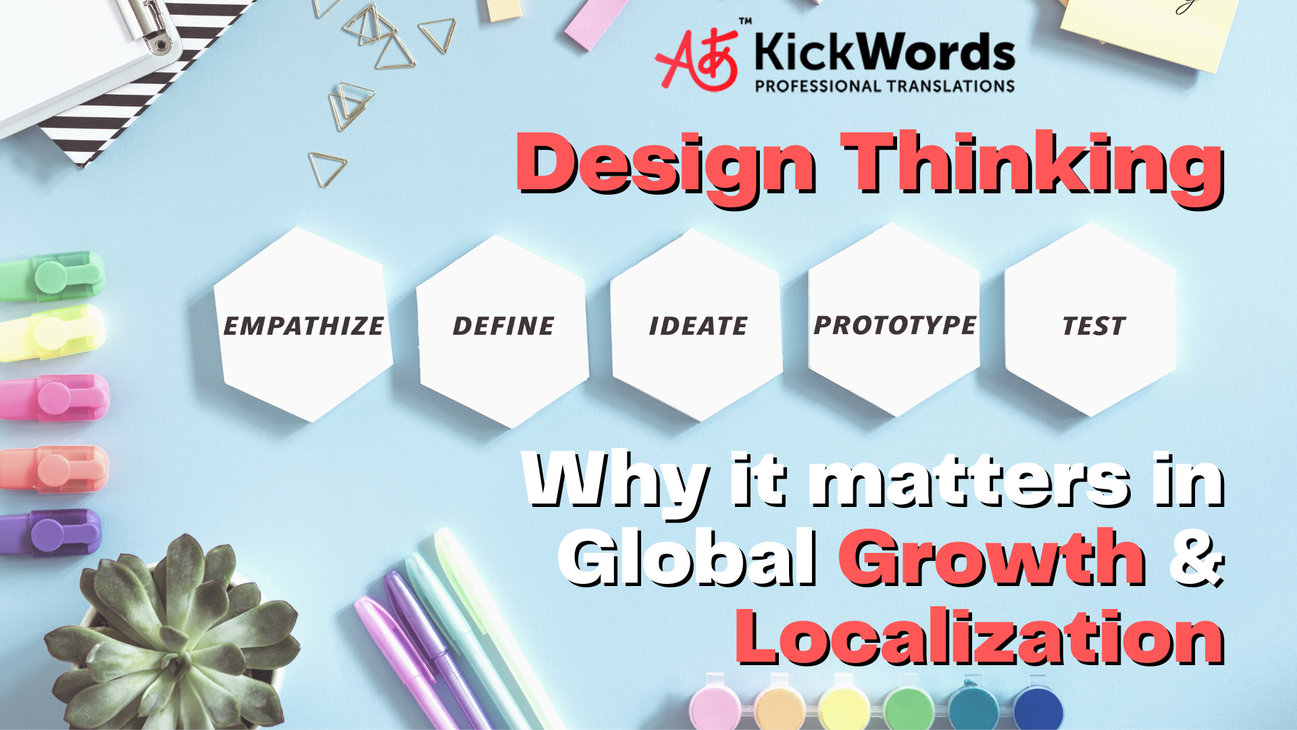Empathize
As localizers, we often stand on the empathy soapbox to proclaim our knowledge and experience of international markets, but do we really have our finger on the pulse? No matter how much experience we have with other cultures we must be careful we are not projecting our own feelings and prejudices upon consumers. The first order of business to design great localized product is therefore to deeply understand the consumer’s attitudes needs, barriers and aspirations. Are we truly observing and analyzing human beings without assumptions? It is essential to consider all cultural aspects. Keep Hofstede’s Cultural Dimension guidelines close by and pay attention to nuances in power distance, uncertainty avoidance, individualism-collectivism, masculinity-femininity, and short vs. long-term orientation.Define
Once we have collected the consumer’s needs, cultural influences and barriers we can begin to think of defining the right solution. Be aware of unexpected patterns or shifting barriers that might have been uncovered. Are we asking the right questions? This stage should be a creative brief that can unlock the best solution and builds consensus within the organization. It will outline the international priorities, challenges, and opportunities.Ideate
Now that we have gotten a better understanding of our customer and have articulated a brief with well-defined direction, we are ready to design and develop a solution. This is probably the messiest part of the process. Before we dive in the deep end, it’s a good idea to assess the challenges as well as the opportunities. We need to make sure we work in a team environment where constructive dissent is encouraged. Likewise, it’s useful to leverage our combined intelligence with a S.W.O.T. (strengths, weaknesses, opportunities, threats) analysis of all paths forward.Prototype
In the prototype stage, ideas are meant to be transformed into tangibles. It’s all about experimenting and making sure that we are overcoming any consumer gaps or barriers. Innovation is central and throughout this segment. The solution should be improved upon and redesigned through a series of reviews by the broader team.Test
It’s time to get feedback from actual consumers in both quantitative and qualitative ways for each locale. Make sure to test in-country. It’s important we question those that have a vested interest in the problem we are solving.Source: https://multilingual.com/design-thinking-why-it-matters-in-global-growth-and-localization/


